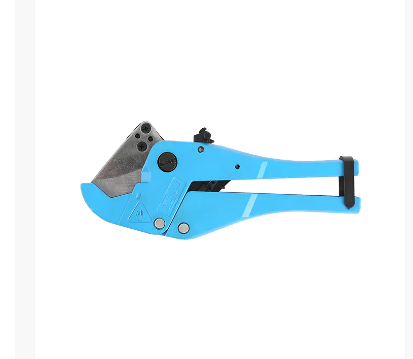A backyard irrigation repair or a fun craft build often starts with one simple task: cutting PVC pipe. The right tool makes the difference between a relaxing project and a frustrating trip to the emergency room. A dedicated PVC tube cutter keeps your hands away from the blade path and delivers a clean, square edge without the dust and flying chips common when using a hacksaw.
Begin by choosing a cutter that matches the pipe size you use most. Open the jaws fully, seat the pipe against the back stop, and squeeze in small, steady ratchets instead of one forceful chomp. This controlled motion prevents the blade from skating across the surface and keeps your free hand clear of the cutting line. Rotate the pipe a quarter-turn every squeeze; the spiral path releases stress inside the plastic and leaves a mirror-smooth face that glues perfectly.
Support both sides of the pipe so it cannot sag or pinch the blade halfway through the cut. If the tubing is already installed, slide a scrap board underneath to act as a miniature workbench. Wear lightweight gloves for grip, not bulk; thick garden gloves can snag the trigger-like handle and tempt you to rush.
When the cut is finished, lightly chamfer the fresh edge with a pocketknife or 120-grit paper. A gentle bevel wipes away any loose slivers that might later break off and clog a sprinkler head. Close the cutter after every use and store it locked; a dangling tool is an invitation to dull edges and curious kids.
Master these small habits and your PVC tube cutter becomes the quiet hero of every plumbing or creative project—fast, safe, and ready for the next slice.
Cut PVC Safely and Smoothly
